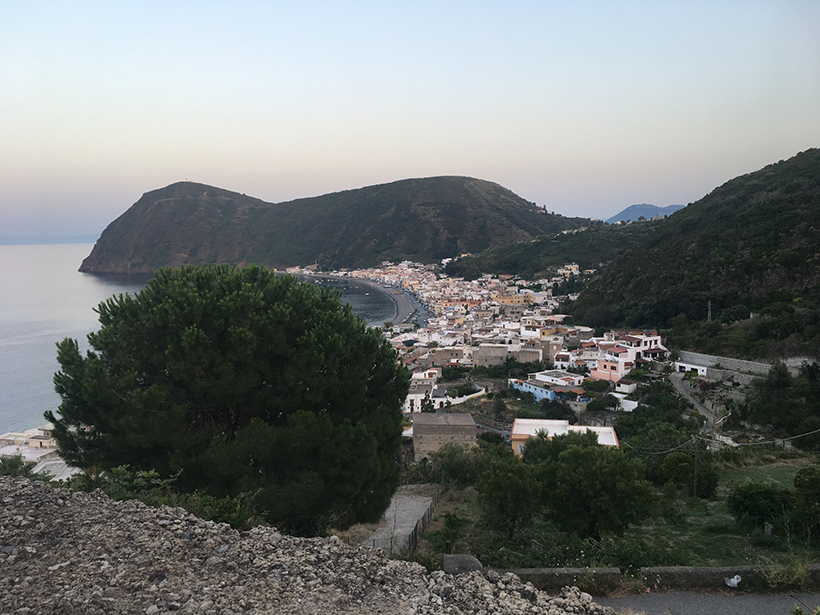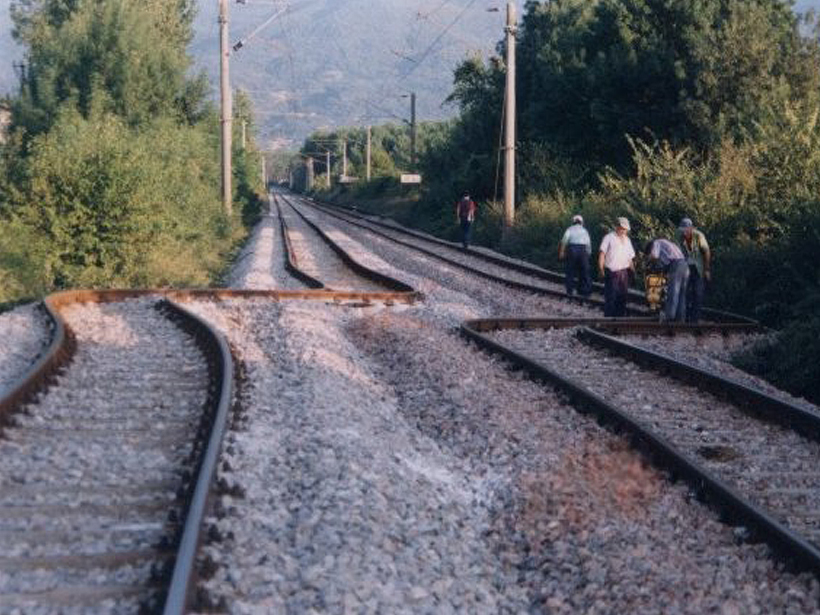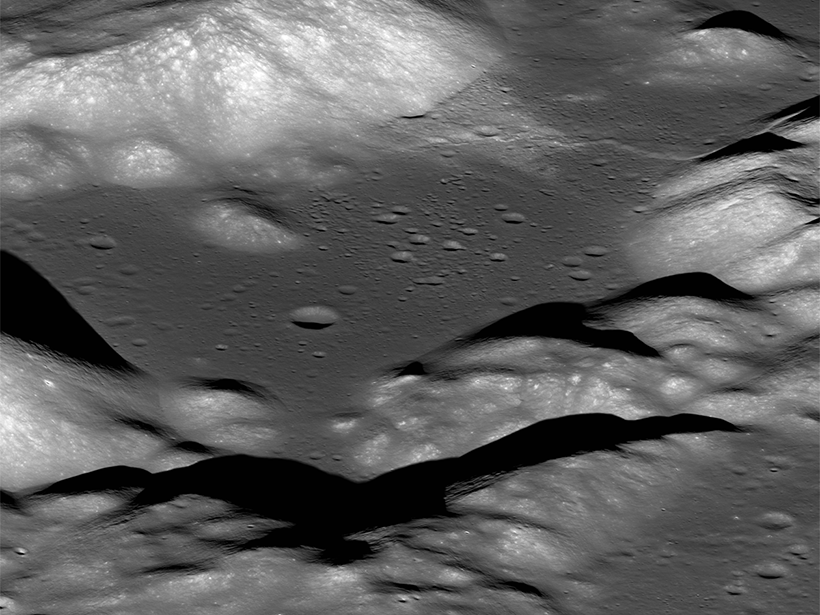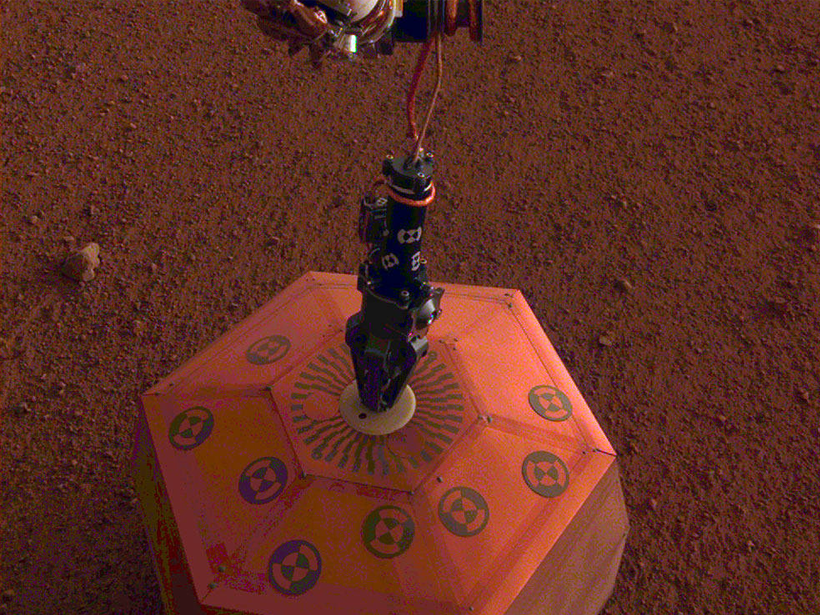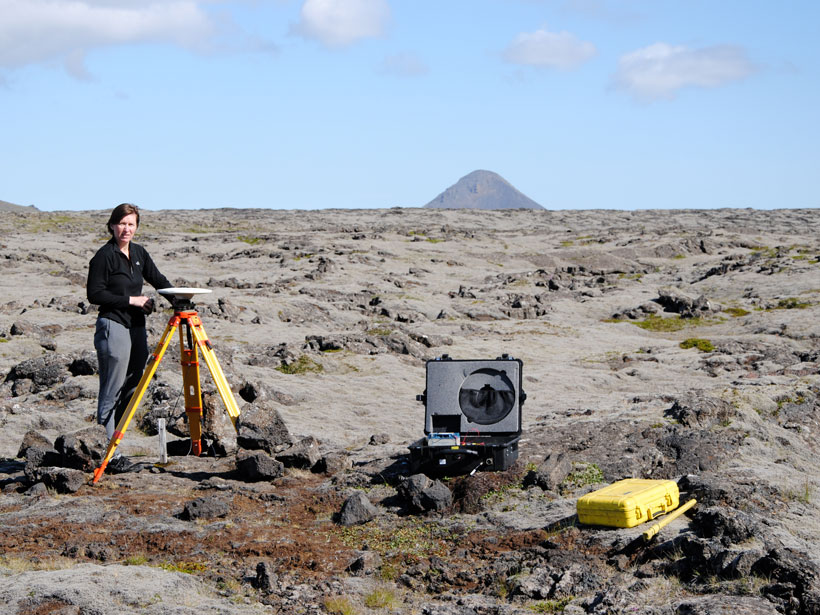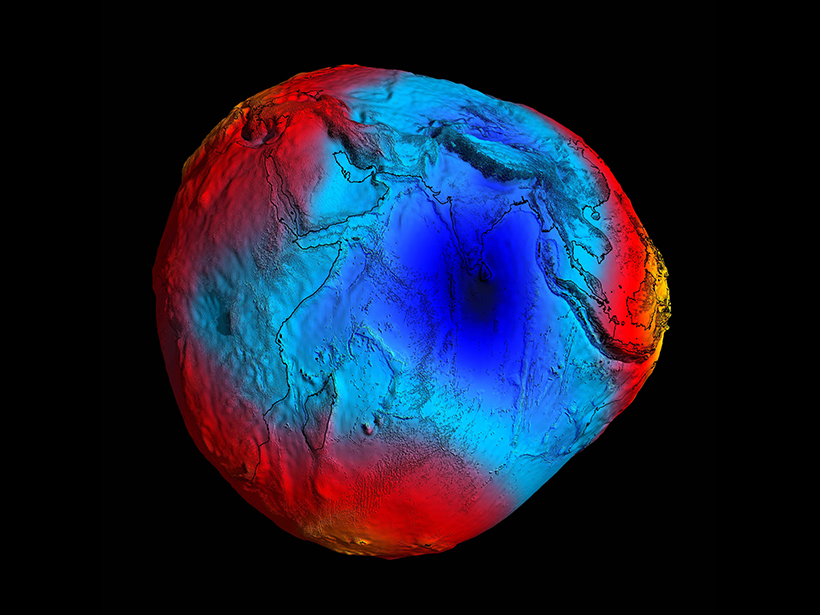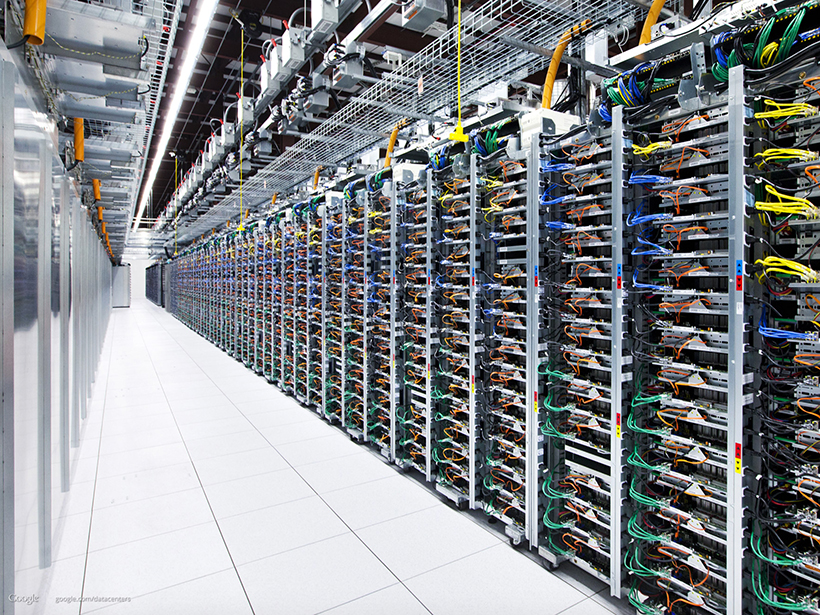An international team of scientists installed a novel, dense network of 48 seismic sensors on the island of Lipari to investigate the active magma system underground.
seismology
Variations in Creep Along One of Earth’s Most Active Faults
Satellite-based radar images of motion along Turkey’s North Anatolian Fault are helping scientists understand when, where, and how creep occurs and its implications for seismic hazard.
The Quaking, Shrinking Moon
New evidence suggests that the Moon may still be tectonically active.
Deciphering the Fate of Plunging Tectonic Plates in Borneo
What happens when subduction stops? A team of scientists installed a dense seismic network in Borneo to investigate causes and consequences of subduction termination.
First Possible Marsquake Detected
First earthquakes, then moonquakes, now marsquakes: a robotic lander comes through with the first detection of seismic activity on Mars.
A New Way of Visualizing Iceland’s Crustal Deformation
A novel method of calculating strain rates from GPS data shows the South Iceland Seismic Zone is experiencing rapid deformation, including inflation near the island’s most active volcano.
All Types of Large Earthquakes Produce Prompt Gravity Signals
New observations of recently discovered gravity perturbations that precede seismic waves have the potential to improve earthquake early-warning systems in California and other tectonic settings.
Seismologists Search for the Indian Ocean’s “Missing Mass”
An Indian scientific team set out to sea last year to find clues to the source of an unusually weak gravitational potential in the middle of the Indian Ocean.
Fiber-Optic Networks Find a New Use as Seismic Sensor Arrays
Distributed Acoustic Sensing: Principles and Case Studies; Washington, D.C., 9 December 2018
Putting the Cloud to Work for Seismology
The cloud infrastructure developed in the business community has made access to cluster computing possible for even the smallest research groups, enabling new kinds of research workflows in geophysics.

